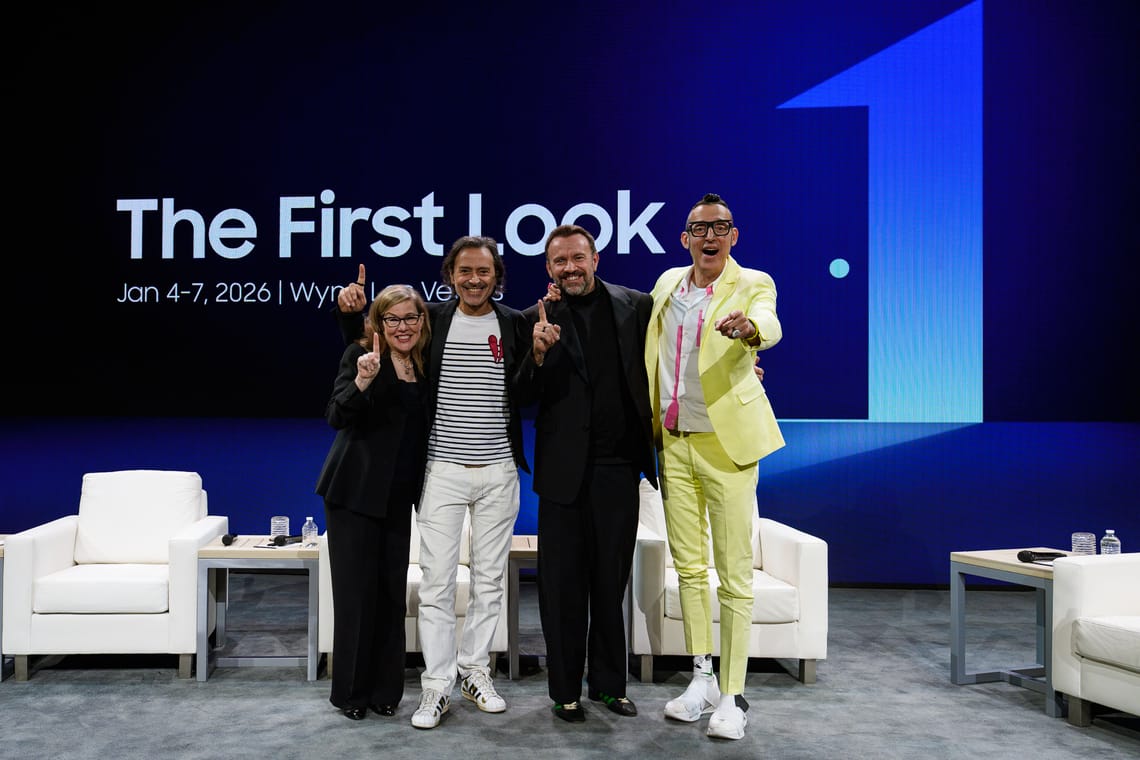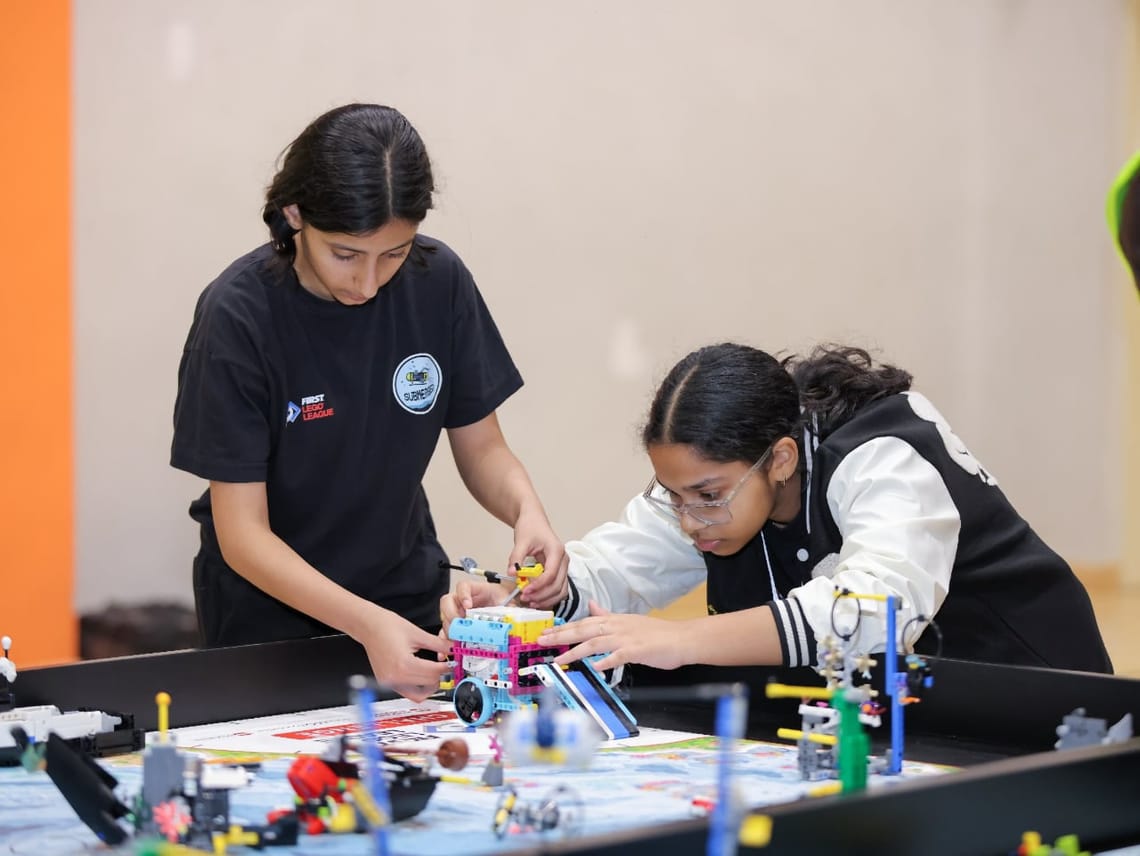Stellantis and Saft have begun on-road tests of a prototype Peugeot E-3008 fitted with the Intelligent Battery Integrated System (IBIS). The system moves the charger and inverter into the battery pack, which frees space, trims weight and aims for higher efficiency and faster AC charging. Early figures claim up to 10% energy savings on WLTC, a 15% power bump to 172 kW from the same pack size, and roughly 15% quicker home charging at 7 kW.
What is IBIS and why it matters
IBIS embeds the inverter and onboard charger into the battery pack, so the battery can output AC or DC directly to the motor or the grid, while also powering 12 V systems.
- Works across battery chemistries and applications
- Supplies AC and DC, including vehicle auxiliary loads
- First mobile demo runs in a Peugeot E-3008 on the STLA Medium platform
By consolidating power electronics, IBIS cuts parts count and routing complexity. That helps with packaging, serviceability and, in theory, cost. It’s a shift from the usual “battery plus separate big boxes” approach toward a simpler, integrated stack.
Claimed gains at a glance
Stellantis and Saft list several measured or projected benefits from current testing and prior demos.
- Efficiency and performance: about 10% WLTC energy efficiency improvement; +15% motor output (172 kW vs 150 kW)
- Charging: ~15% faster AC charging at 7 kW (6 hours vs 7 hours) and ~10% energy savings while charging
- Weight and space: ~40 kg reduction and up to 17 litres of volume freed by deleting separate charger and inverter
- Durability and reliability: improved thermal behaviour, module-level bypass for failures, potential for longer battery life
- Service and second-life: safer pack opening, easier module swaps, smoother reuse in stationary storage
If these numbers hold in production cars, drivers should see lower energy use per km and shorter overnight top-ups from home wallboxes. Carmakers get fewer components to source and package, which can reduce manufacturing complexity.
UAE angle: home charging and the fast-charge build-out
IBIS targets quicker AC charging and better packaging, both relevant for the region.
- Home and workplace AC: Many owners rely on 7 kW AC charging. A ~15% reduction in charging time maps to real time saved overnight.
- Public DC plans: Dubai is adding more rapid chargers across the city, which supports EV adoption as tech like IBIS matures. See our recent coverage on ultra-fast EV chargers coming to Dubai and ForEVo’s smart charging rollout for context.
- Vehicle choice: Packaging gains can free space for aero tweaks or cabin/storage improvements that matter on hot-weather highway runs here.
In short, better AC efficiency helps day-to-day charging at villas and offices, while DC expansion covers road trips and high-turnover public needs. IBIS doesn’t replace DC hardware; it makes the battery smarter so the whole system wastes less.
Who’s behind it and what’s next
IBIS is a French collaborative project led by Stellantis and Saft, with E2-CAD, Sherpa Engineering and research partners including CNRS, Université Paris-Saclay and Institut Lafayette. A stationary demonstrator has been running since mid-2022 and generated multiple patents. Phase 2, underway since June 2025, shifts to real-world driving. Target: evaluate for Stellantis production by the end of the decade.
- Vehicle: Peugeot E-3008, STLA Medium platform
- Timeline: stationary demo since 2022; on-road tests now; decision window this decade
- Scope: mobile and stationary energy, with potential uses in rail, marine, aerospace and data centres
It’s early days. But moving power electronics into the pack is a strong architectural bet that could ripple beyond cars into backup systems and fleet storage.
The engineering trade-offs to watch
Integration always creates new questions. These are the sensible ones to track as testing scales.
- Thermal load sharing: pack heat and inverter/charger heat now interact; cooling strategy becomes critical
- Service model: simpler to access at module level, but failures may require battery-side diagnostics more often
- Cost curve: claimed lower BOM must stand up once volumes and supplier footprints settle
- Compatibility: AC (7/11/22 kW and >200 kW) and DC (400/800/1200 V) support is listed; real-world interoperability is the test
If the pack can isolate weak modules and bypass faults while staying drivable, that’s a practical win for uptime. The promise of swapping in refreshed modules could extend service life and residual value, easing total cost of ownership.
Where this leaves Peugeot E-3008 buyers
This prototype is not a showroom spec yet. The current E-3008 range carries on as is. If IBIS lands in production later this decade, the benefits should read as:
- Quicker home charging sessions on 7 kW
- Slightly more punch without a larger battery
- A bit more space and a bit less mass
- Better long-term service options
For the UAE, those changes line up with daily use: school runs, office commutes, and predictable overnight charging. Our broader EV guides and local charging news can help you track how the infrastructure side is evolving alongside tech inside the battery.
What is IBIS in simple terms?
It’s a battery pack that contains its own charger and inverter. Fewer stand-alone boxes, fewer cables, less weight, and potentially better efficiency.
How much faster will my home charging be?
arly figures suggest about 15% faster on a 7 kW AC wallbox, from around 7 hours to about 6 hours for a like-for-like range top-up. Real times vary by battery size and state of charge.
When could this reach production cars?
Phase 2 testing started in June 2025. Stellantis says it could be integrated into production vehicles by the end of the decade if results meet targets.
Subscribe to our newsletter to get the latest updates and news








Member discussion